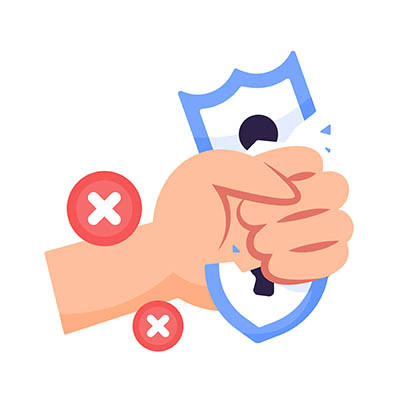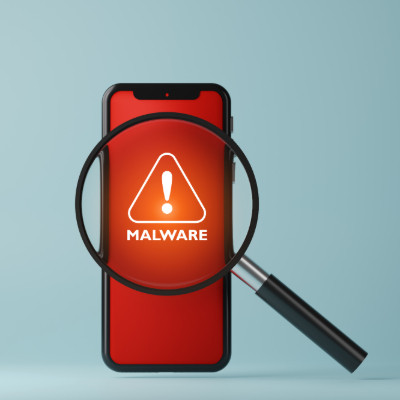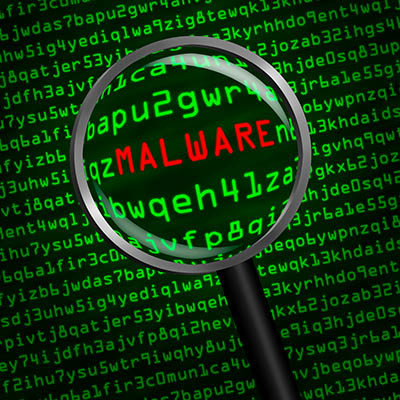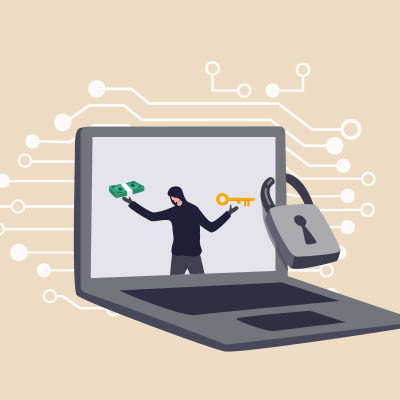So, you’ve added an antivirus to your business’ cybersecurity protections. That’s great—it’s an essential element of the comprehensive defenses that a modern business needs. However, it is important that the antivirus you’re relying on is, in fact, reliable.
Let’s go over how not all antivirus tools are the same, and what makes it so important to implement one that meets your business’ needs and protects against the threats you would otherwise have to deal with.























